

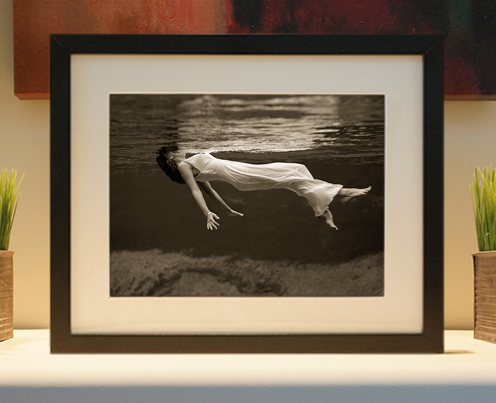
Framed or unframed, desk size to sofa size, printed by us in Arizona and Alabama since 2007. Explore now.
Shorpy is funded by you. Patreon contributors get an ad-free experience.
Learn more.

- Exclusive pump
- Details, Details
- What's that building to the left of the tower?
- Coal Barges
- Bromo-Seltzer
- Inner harbor
- The Basin
- What a headache!
- Giant stepladder?
- Baldwin 62303
- Baldwin VO-1000
- Cold
- No expense spared
- Tough Guys
- Lost in Toyland
- And without gloves
- If I were a blindfolded time traveler
- Smoke Consumer Also Cooks
- Oh that stove!
- Possibly still there?
- What?!?
- $100 Reward
- Freeze Frame
- Texas Flyer wanted
- Just a Year Too Soon
- WWII -- Replacing men with women at the railroad crossing.
- Yes, Icing
- You kids drive me nuts!
- NOT An Easy Job
- I wonder
Print Emporium
Soccer Mom: 1908
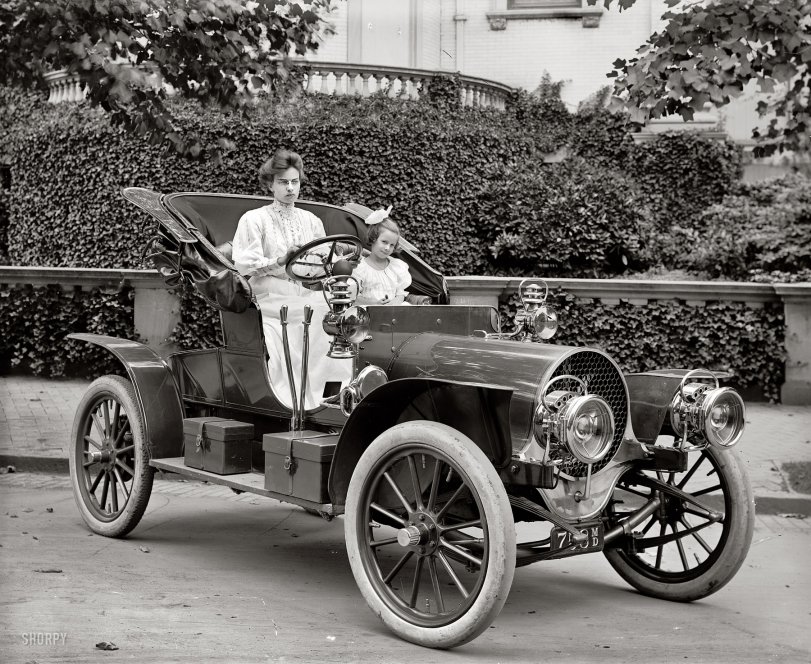
Washington, D.C., circa 1908. "Mrs. F.S. Bliven in auto." Husband Frank, who worked for Cook & Stoddard, the local Franklin automobile agency, made the newspapers for driving 35 miles with a broken steering knuckle. View full size.
License Plate Lights
The license plate number was painted on the lights in order to make the number visible at night. Several states required this on either the side lights or the headlights. Pictures of cars with their lights painted with the license plate number are not very common.
758
I think the license plate reads 758. That must be the number (painted on the fenders?) which can be seen reflected in both the sidelight's lenses. I'm wondering why the tires have 5 valves instead on just one.
["758" is painted on the lenses of the sidelights. If it was a reflection, it would be backward. The tires each have one valve stem and four rim clamps. - Dave]
Mr. Bliven's Big Adventure
Automobile Gossip
Washington drivers are taking off their caps to Frank Bliven, of the Cook & Stoddard Co., Franklin agents, for the nerve he displayed in driving a Franklin car from Darnestown, Md., to Washington, a distance of thirty-five miles, with a broken steering knuckle. On eleven different occasions during this run one of the passengers had to hold a tin cup over the hub of the wheel in order that Bliven might be able to steer the machine.
Washington Post, Jun 14, 1908
1907 Franklin Model D
This fine auto is a 1907 Franklin Model D roadster. It has two seats, a folding top for inclement weather, but no windshield. Note the Phare Solar acetylene headlamps, among the first to have prefocused lenses. Also note the large sidelights, brass emergency brake and shifting levers on the side, and the brass bulb horn. The grille shows the six-blade fan for the air-cooled four-cylinder motor. Note the early leather license plate, and of course the crank to start the motor. Often in this era tires were made without a tread, so they are not really bald.
Mrs. Bliven
Mrs. Bliven looks like the stereotypical woman in the movies who turns out to be gorgeous once she takes off her glasses and lets down her hair. And her daughter looks like she's going to be a heap of trouble in a few years.
Model Driver
It seems there's no way to know if the lovely, but definitely annoyed looking Mrs. Bliven had actually learned to drive yet. She's certainly not dressed for it. Even on fair days in 1908, almost all ladies in cars wore long dusters to protect their clothes and firmly pinned hats, veils to secure their hair and to prevent sun and wind burn, and goggles to avoid being blinded by airborne debris. It looks as if she and her daughter have stepped straight from their verandah to pose for this photo, and once it was taken made a quick retreat back to the shade.
Look Ma, no radiator !
Franklins had air-cooled motors.
Four Valves Per tire?
Beautiful shot. You can even read the tire information on the sidewalls, BF Goodrich 32 by 3½ clinchers. Are there any tire experts who can explain what look like four valves on each tire? For such a beautiful car, the tires are in dreadful shape. Lots of gouges in the front tire and badly worn tread in the rear.
[Those are rim clamps. - Dave]
Gray's Anatomy & Collison Repair
Arduous research reveals that "steering knuckle" refers to an auto part, not a body part.
[Not to mention auto body part. - Dave]
Chitty Chitty Bang Bang
I know it's not that car, but it has a lot of the same stylish features. The round radiator grille is a work of art.





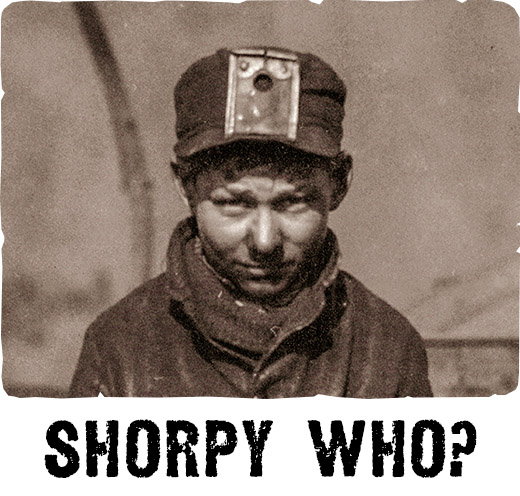
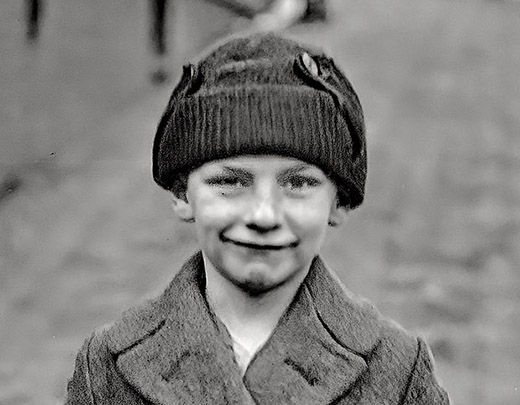
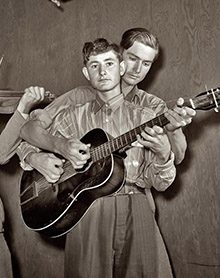
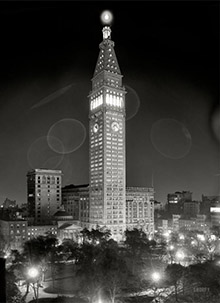
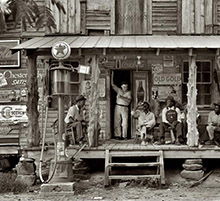
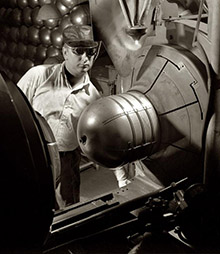
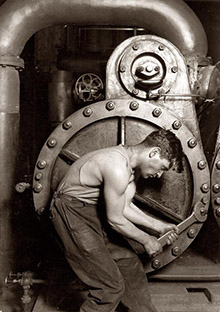
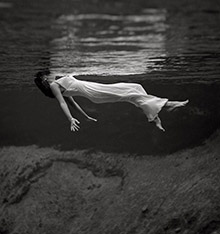
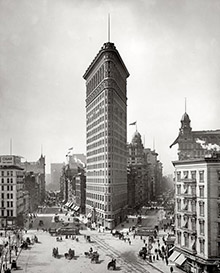
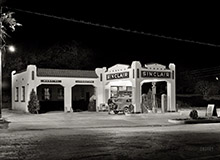
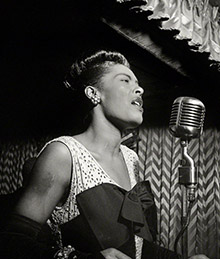
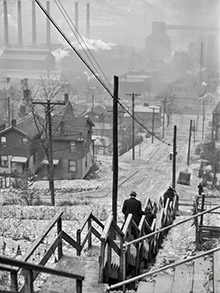
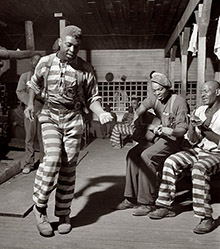
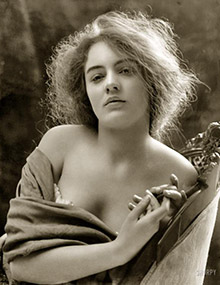
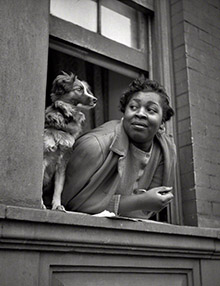
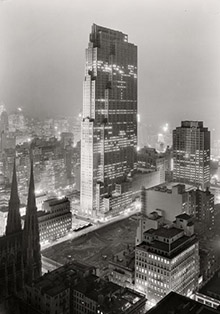
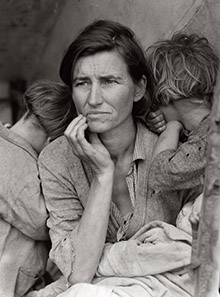
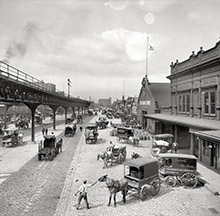
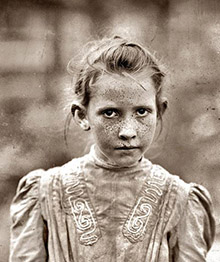
On Shorpy:
Today’s Top 5